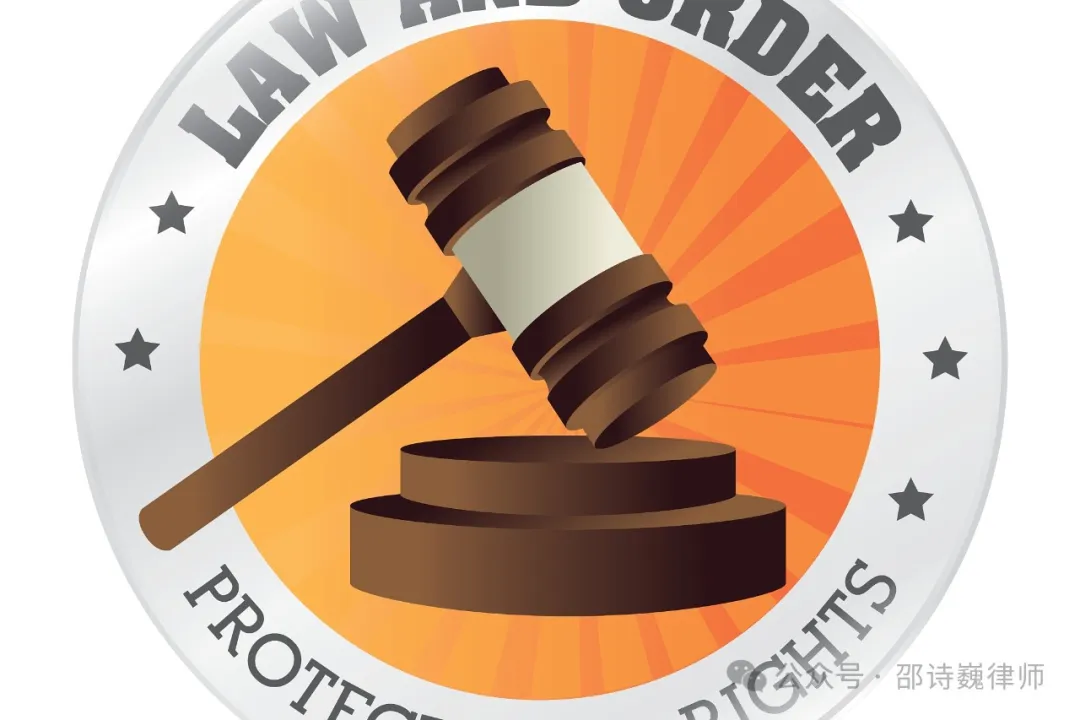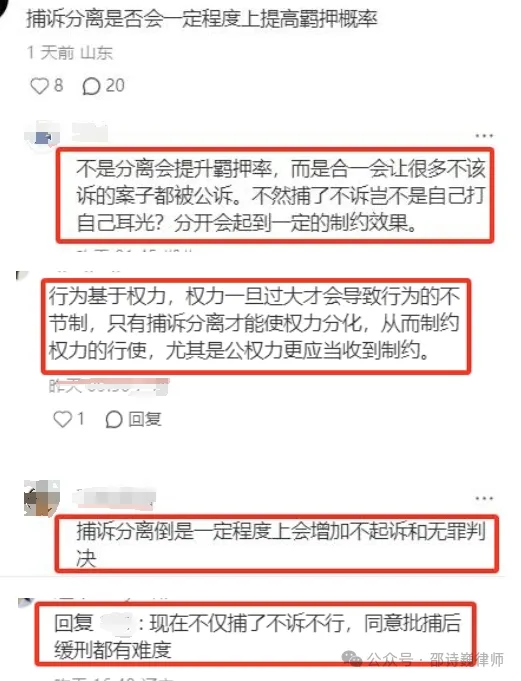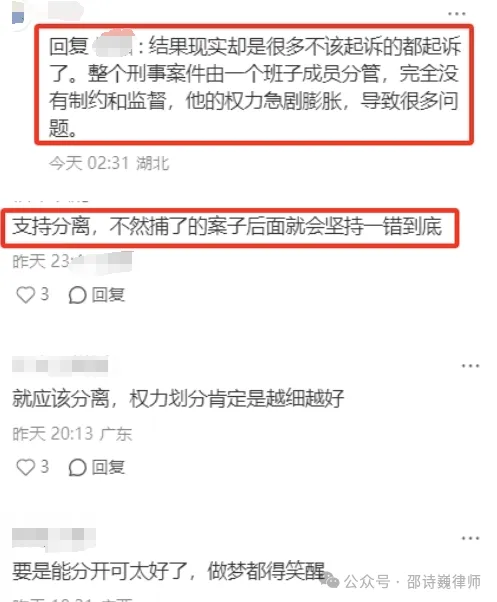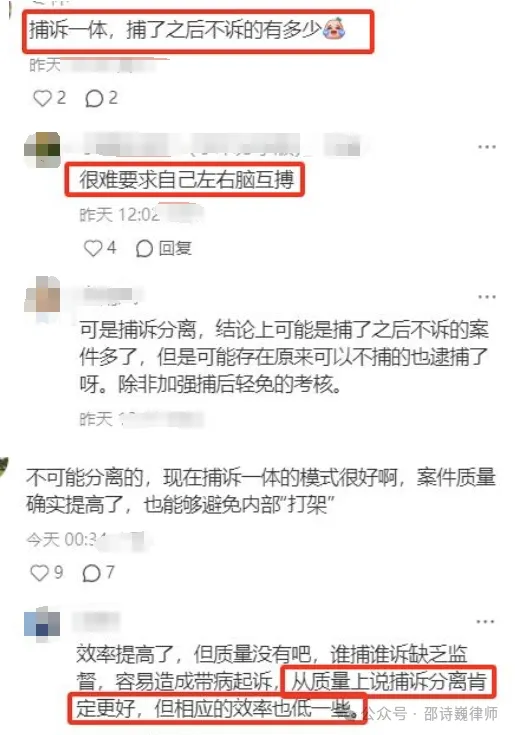
I represented a case before. When I took over the case, the client had been arrested by the procuratorate. But after several days of tug-of-war with the local public security procuratorate, the client was released on bail.
But later, two days before the procuratorate decided to transfer the case to the court, my client was put into the detention center again.
I once asked the prosecutor with great sorrow: There has always been a lot of controversy as to whether this case constitutes a crime and whether you have jurisdiction. Moreover, the case was withdrawn twice and no additional evidence was brought forward. We believe that this case can be handled without prosecution.
However, the prosecutor said with a blank face: Yes, but there is nothing we can do, we have to prosecute once we arrest someone, alas.
So, in a criminal case, does the prosecutor have to prosecute the person who has been arrested in court?
But in fact, this problem is actually another problem from a deeper perspective:
Is it really reasonable to combine arrest and prosecution?
How many wrongful cases have been caused by the integration of arrest and prosecution?
Author: Lawyer Shao Shiwei
Before answering the above questions, we first need to understand two concepts: integration of arrest and prosecution and separation of arrest and prosecution.
The integration of arrest and prosecution means that in criminal cases, the same prosecutor has the power to review arrests and prosecute. The corresponding separation of arrest and prosecution means that a case is handled by two prosecutors at the arrest review stage and the prosecution review stage.
The development process of the unified arrest and prosecution system and the separation of arrest and prosecution is as follows:
In the late 1970s, after the procuratorate was rebuilt, due to manpower shortages and a large caseload, the review of arrests and prosecutions were placed under the responsibility of the same department or prosecutor to improve efficiency, but no systematic theory was formed.
In the 1980s, the procuratorate separated the review of arrests and prosecutions and placed them in charge of different departments in an effort to strengthen internal supervision and ensure fairness in case handling.
Since the 1990s, in order to solve the problem of "too many cases and too few people", grassroots procuratorates have re-emerged from the integration of arrest and prosecution to improve efficiency and integrate resources. The Supreme People's Procuratorate recognized and promoted its experience.
In 1999, the Supreme People's Procuratorate divided the Criminal Procuratorate into the Review and Approval of Arrest Department and the Review and Prosecution Department, marking the formal establishment of the arrest and prosecution separation mechanism at the institutional level. Most procuratorates across the country also set up separate arrest review and prosecution review departments.
In 2019, the reform of the internal institutions of the procuratorate was implemented, the integrated investigation and prosecution mechanism was fully implemented, the review methods and case handling mechanisms were improved, and the connection between investigation and prosecution was strengthened.
Recently, we heard news that the separation of arrest and prosecution has begun to be piloted in some areas such as Hubei.
From the above developments, it can be seen that the unified arrest and prosecution system and the separation of arrest and prosecution system have always been separated and combined.
So what impact does the current unified arrest and prosecution system, which is currently being implemented by procuratorates across the country, have on the parties involved in criminal cases? This starts with the advantages and disadvantages of these two systems.
The procuratorate implements the integration of arrest and prosecution, mainly considering the following points:
Improve litigation efficiency: The same prosecutor is responsible for approving arrests and prosecuting cases, so there is no need to repeatedly familiarize yourself with the case, which can save time and energy and improve case handling efficiency;
Improve the efficiency of judicial resource utilization: It can solve the contradiction between too many cases and too few people, and avoid uneven workloads in different departments of the procuratorate;
Strengthening prosecutors' responsibilities: It is believed that the same prosecutor is responsible for both arrest and prosecution, and unified powers and responsibilities can encourage prosecutors to handle cases more carefully and improve case quality;
The implementation of the separation of arrest and prosecution system will have the following advantages and disadvantages:
Strengthen internal supervision: Different prosecutors are responsible for arrest and prosecution, which can check and balance each other, avoid abuse of power, and ensure fair handling of cases;
Protecting the rights of criminal suspects: Different prosecutors review cases from different perspectives, reducing the influence of preconceived ideas, and are more conducive to protecting the legitimate rights and interests of criminal suspects and enhancing judicial credibility;
Low case handling efficiency: A case is divided into several segments during the prosecution phase, with different prosecutors responsible for different links. This lacks a comprehensive grasp of the case as a whole, which can easily lead to differences in qualitative and quantitative understanding of the same case, affecting case handling efficiency;
Therefore, it can be seen that compared with the separation of arrest and prosecution, the implementation of the integration of arrest and prosecution can improve the efficiency of the procuratorate. However, can the integration of arrest and prosecution really encourage prosecutors to handle cases more cautiously ? On this issue, criminal defense lawyers still have a say.
As we all know, the public security department reports to the procuratorate for decision on whether to approve an arrest, and the prosecutor only has 7 days to make the decision. During these 7 days, in addition to reviewing whether to approve an arrest in a certain case, the prosecutor may also have cases to prosecute, cases to go to trial, and various meetings within the system. Therefore, the prosecutor does not have much time to read the case files in detail and interrogate the suspect for the final decision.
So, under the condition of tight time and heavy workload, is it possible for the prosecutor to make a mistake in handling the case and arrest a person who should not be arrested? Of course it is possible!
Under the system of combining arrest and prosecution, the prosecutor responsible for arrest and the prosecutor responsible for prosecuting the case in court are the same person. If a prosecutor finds that the arrest was made by mistake, the person involved may not have committed a crime , or there is a huge controversy about whether the case is guilty or not , or the case is minor and could have been exempted from prosecution , how do you think the prosecutor will handle it?
The system cannot restrain people's hearts.
There are indeed prosecutors who are responsible and dare to take responsibility in very few cases. Therefore, even if the parties were arrested, they still received a non-prosecution result. I have also represented cases.
But in most cases, like the one mentioned at the beginning of this article (taking the criminal cases I have dealt with as a sample), most prosecutors find it difficult to face their own mistakes. Once they have arrested someone, they will bite the bullet and prosecute him! They must bring the case to court and accuse the person of a crime.
As for the parties involved, once the case reaches the court, do they want to fight for innocence? According to the "White Paper on Criminal Procuratorial Work" of the Supreme People's Procuratorate in 2024, 418 people were found not guilty and not criminally responsible, accounting for 0.03% of the total number. And the overall rate of not guilty verdicts is decreasing year by year. The number of people who were not prosecuted after arrest and those who were found not guilty after arrest accounted for 0.27% of the total number.
This is why Lawyer Shao often tells clients and their families that they must attach importance to the golden 37 days of criminal cases and be cautious in every criminal case process, because once the direction of the case deviates, it will continue to be pushed forward ruthlessly in the future, and the litigation process cannot be reversed.
As some regions have recently been piloting the separation of arrest and prosecution, I have also seen heated discussions on this topic in some posts:



From the perspective of a defense lawyer, I actually think that whether it is the integration of arrest and prosecution or the separation of arrest and prosecution, there is nothing wrong with the system itself. What causes the problems are actually the people who implement the system.
Perhaps the separation of arrest and prosecution is not a perfect solution, but if it is only for the sake of work efficiency, it will definitely lead to more false and wrongful convictions.
For some investigators, a criminal case is just a matter of face, but for any party involved, it is their entire life.











